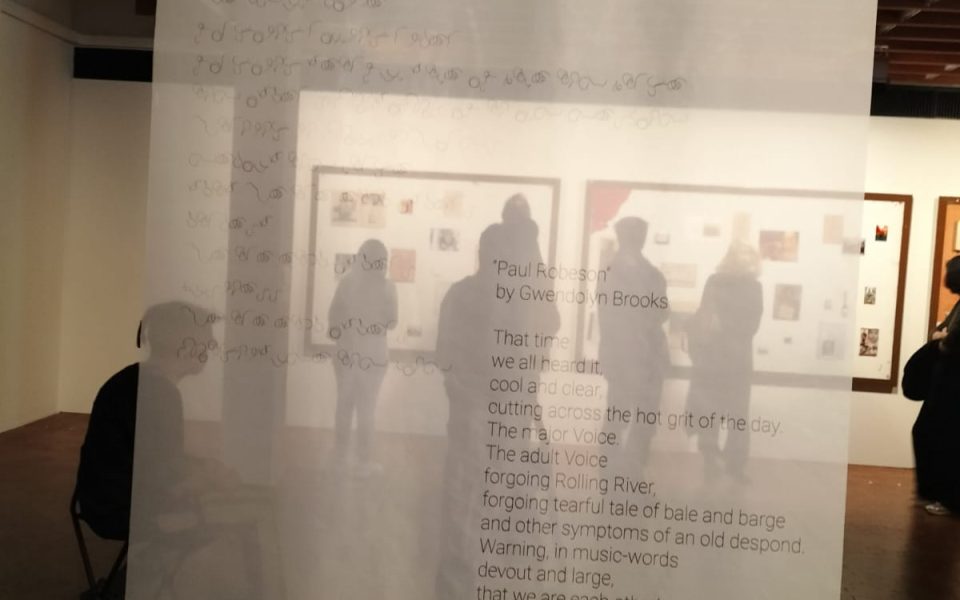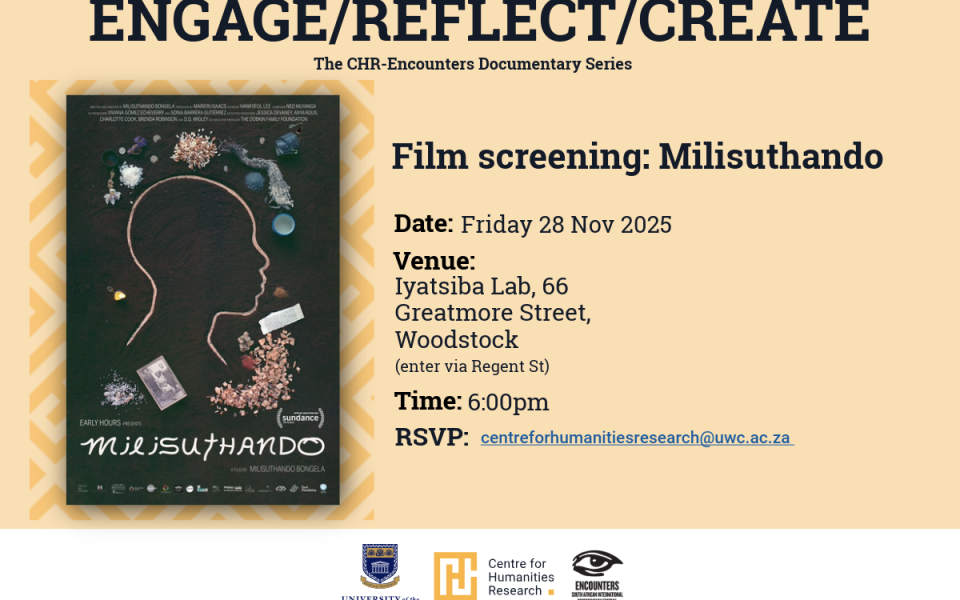Publication: Heidi Grunebaum

The CHR is happy to announce a new publication by Senior Researcher Dr. Heidi Grunebaum titled ‘Between Nakba, Shoah and Apartheid: Notes on a Film from the Interstices’ in Memory and Genocide: On What Remains and the Possibility of Representation, a collection edited by Fazil Moradi, Ralph Buchenhorst and Maria Six-Hohenbalken.
The collection focuses on the ethical, aesthetic, and scholarly dimensions of how genocide-related works of art, documentary films, poetry and performance, museums and monuments, music, dance, image, law, memory narratives, spiritual bonds, and ruins are translated and take place as translations of acts of genocide. It shows how genocide-related modes of representation are acts of translation which displace and produce memory and acts of remembrance of genocidal violence as inheritance of the past in a future present. Thus, the possibility of representation is examined in light of what remains in the aftermath where the past and the future are inseparable companions and we find the idea of the untranslatability in acts of genocide. By opening up both the past and lived experiences of genocidal violence as and through multiple acts of translation, this volume marks a heterogeneous turn towards the future, and one which will be of interest to all scholars and students of memory and genocide studies, transitional justice, sociology, psychology, and social anthropology.
‘This remarkable collection engages with the challenging problem of how human beings cope with genocidal violence, through narratives, performances, visual representations and other modes of translation and remembrance. These richly contextualized case studies go a long way towards reminding us that extreme violence can be an occasion for socially productive forms of narration and recollection which resist the utter despair and speechlessness that accompany genocide.’ Arjun Appadurai, New York University, USA
Through a consideration of the writing of a film script for a documentary film, The Village Under the Forest, Dr. Grunebaum’s chapter explores how the wider process of research and writing the script was informed by historically and geographically disparate experiences of mass violence: Apartheid, the Shoah and the Nakba. The chapter traces how these, in turn, shaped the aesthetic approach of the film. Written in multiple discursive registers, the chapter raises questions about complicity with and memories of displacement that destabilise national and identitarian framings of mass violence and the moral and political claims that may emerge from such framings.





